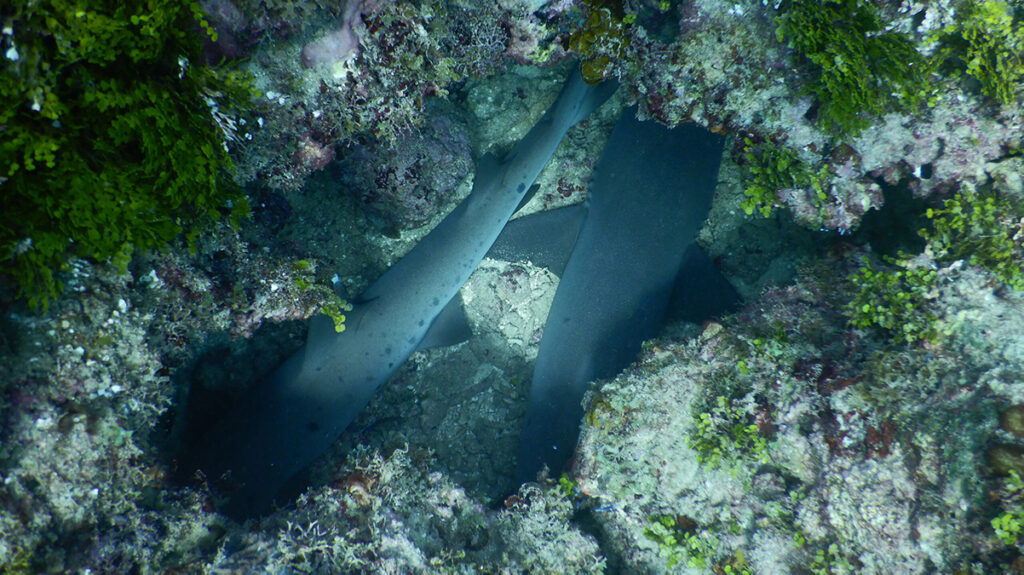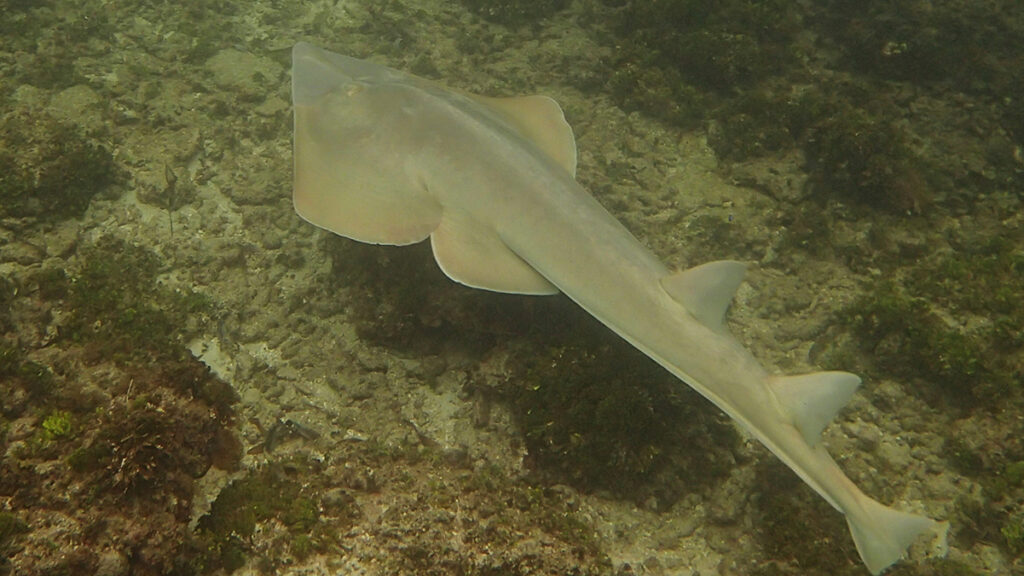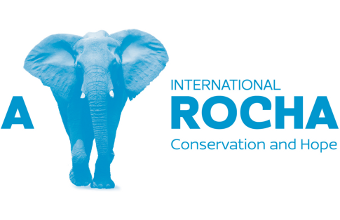The BRUVS of marine conservation
Marine conservation in Kenya has a new tool in its arsenal: Baited Remote Underwater Video Stations, or more simply BRUVS. These seafloor camera stations use bait to attract and record marine life in often hard-to-reach habitats. In Watamu Marine National Park, an important breeding ground for a number of Critically Endangered and Near Threatened species, the BRUVS are helping A Rocha Kenya get a better understanding of its habitats, shark populations and other marine life …
 Whitetip Reef Sharks are mostly nocturnal and have been found resting under rocks and crevices.
Whitetip Reef Sharks are mostly nocturnal and have been found resting under rocks and crevices.
 Blacktip Reef Sharks are common in the marine park but are classified as Near Threatened. Huge aggregations are often spotted along the intertidal zone and the pups can be seen close to the shore. The marine team is monitoring this species carefully to study its behaviour, habitat and threats.
Blacktip Reef Sharks are common in the marine park but are classified as Near Threatened. Huge aggregations are often spotted along the intertidal zone and the pups can be seen close to the shore. The marine team is monitoring this species carefully to study its behaviour, habitat and threats.
 The Marbled Electric Ray has electric organs at the base of its pectoral fins that generate a strong, electric discharge, which it uses to subdue prey and drive off predators.
The Marbled Electric Ray has electric organs at the base of its pectoral fins that generate a strong, electric discharge, which it uses to subdue prey and drive off predators.
This Honeycomb Stingray, classified as Vulnerable, was seen in a shallow seagrass bed. From tip to tail it measures about 2m in length.
 The Halavi Guitarfish is a Critically Endangered species that has been seen in the seagrass and sandy beds of the marine park.
The Halavi Guitarfish is a Critically Endangered species that has been seen in the seagrass and sandy beds of the marine park.
The project was funded by the Shark Conservation Fund, a collaboration of philanthropists committed to reversing the threats faced by the world’s sharks and rays and was sponsored by Rockefeller Philanthropy Advisors.
